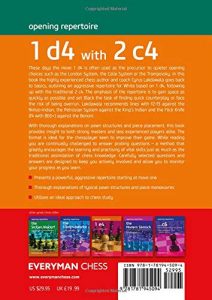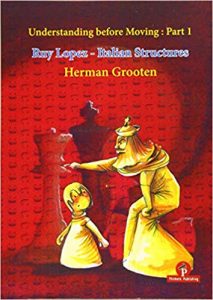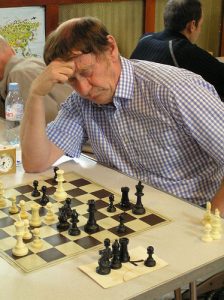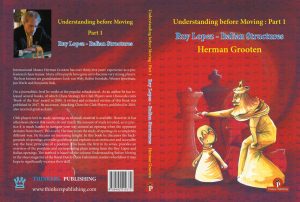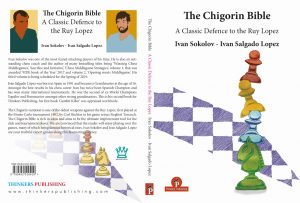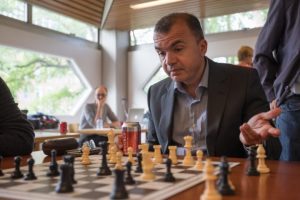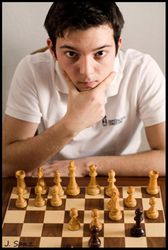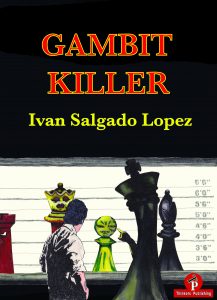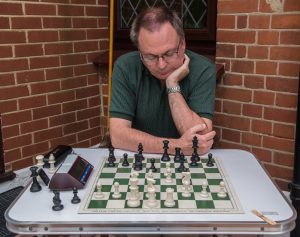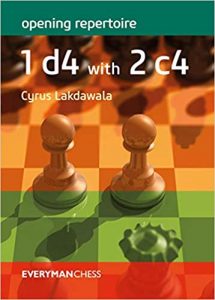
Cyrus Lakdawala is an IM and former US Open Champion who teaches chess and has written over 25 books on chess openings.
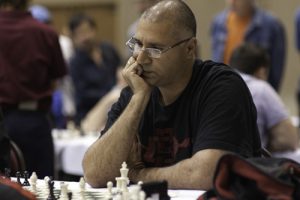
This book is a comprehensive review of all the main continuations after White has played d4 and c4 as his first two moves. It covers the Nimzo-Indian Defence, King’s Indian Defence, Benko Gambit, Grunfeld Defence , Slav Defence , Semi-Slav Defence and so on. The book is highly instructive and contains detailed reviews of 72 games including many modern examples from Carlsen, Kramnik and Mamedyarov as well as classics from the likes of Kasparov and Korchnoi. It also includes a handful of the author’s games.
A notable feature of the book is the author’s writing style which is often effusive, sardonic and humorous. The purists may find this annoying but I quite enjoyed it. Take this example from the Introduction as he explains why he switched to d4, c4. ‘… my openings lacked arable land in which to be creative. For decades my choices had been kissing simplicity’s butt, in a naked display of sycophancy, not seen in the world since Henry VIII’s wives.’
The book is clear and easy to read. Despite its 448 pages, some of the lines are not covered in great depth. The Dutch Defence gets four illustrative games and just 18 pages. So there is probably not enough detail for the GM preparing for his or her next tournament. However if you are a club player this book is an invaluable and enjoyable resource which will definitely improve your handling of all Black’s main responses to this opening.
Paul Sloane, Camberley, Surrey, May 30th, 2019
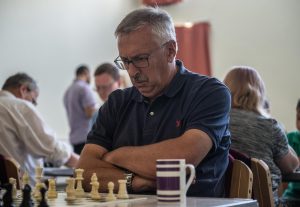
Book Details :
- Paperback : 448 pages
- Publisher: Everyman Chess (15 May 2019)
- Language: English
- ISBN-10: 1781945098
- ISBN-13: 978-1781945094
- Product Dimensions: 17.8 x 22.9 cm
Official web site of Everyman Chess

